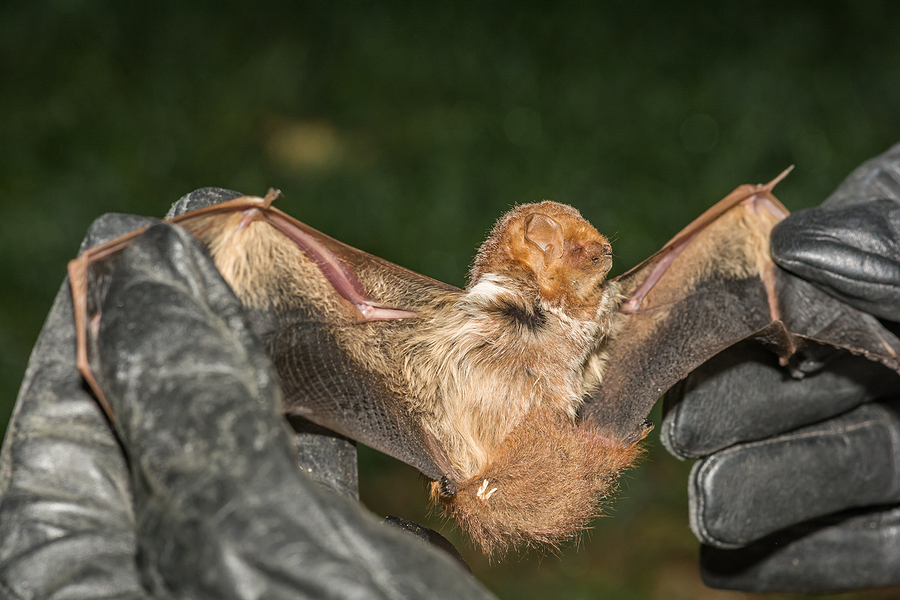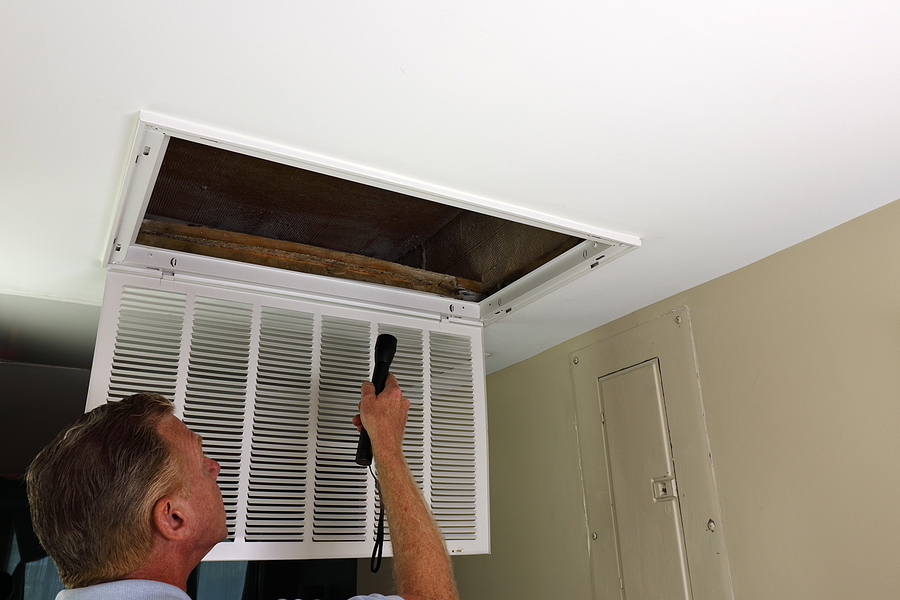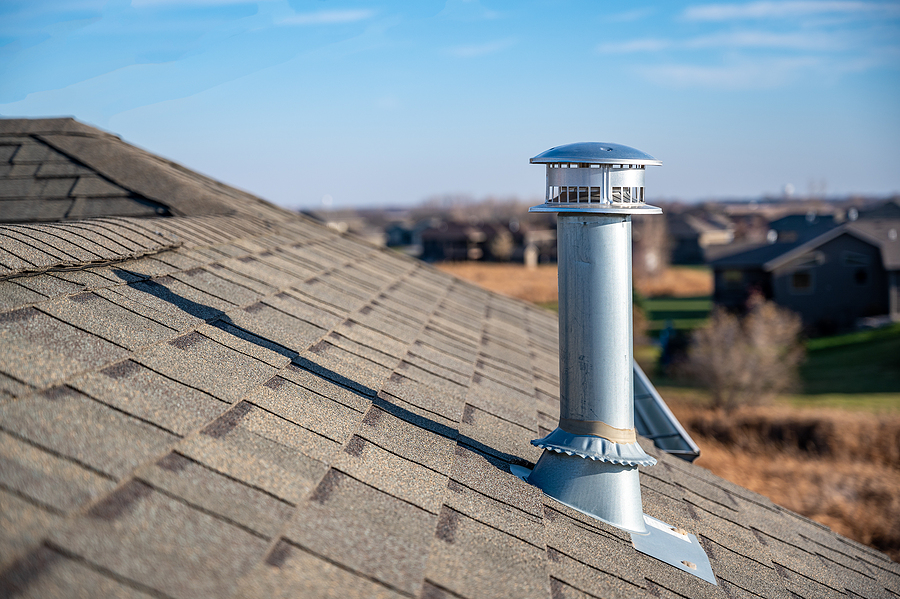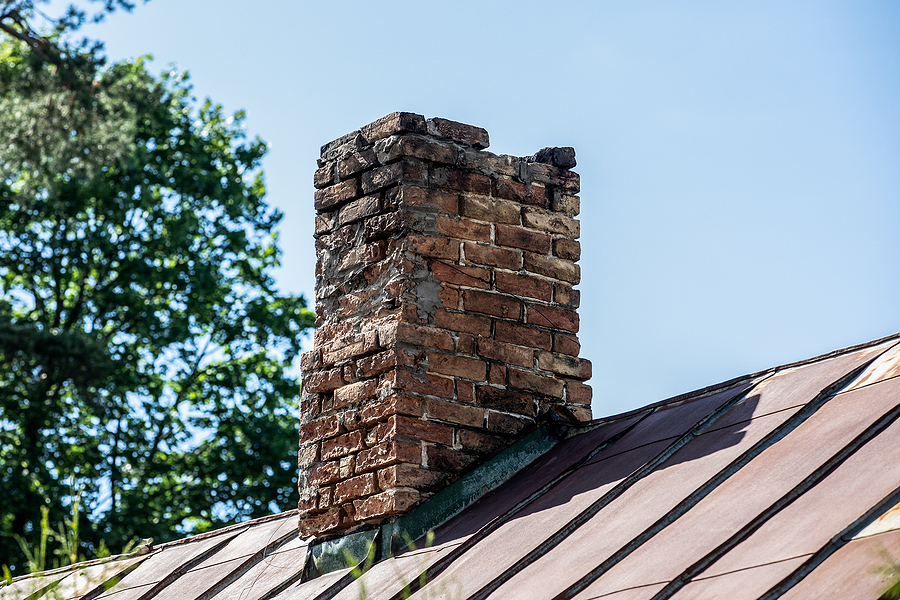As human populations expand into new areas, encounters with wildlife, including bats, are becoming increasingly common. This growing concern is particularly relevant for homeowners, property managers, and landlords who may find themselves dealing with bat infestations in residential and commercial properties. Understanding the risks associated with bats and why professional bat removal is essential can protect your property and ensure the health and safety of all occupants.

The Risks of DIY Bat Removal
In the age of DIY solutions and home improvement shows, it might seem tempting to handle a bat infestation on your own. However, attempting to remove bats without proper knowledge and tools can lead to significant issues. Here are some of the most common mistakes made in do-it-yourself bat removal:
- Improper Exclusion Techniques: Many homeowners attempt to seal entry points without realizing that bats can squeeze through very small openings. Improperly sealed entries can trap bats inside, leading to increased activity and potential damage within the property.
- Use of Harmful Methods: Some DIY methods involve harmful chemicals or traps that can injure or kill bats, which is not only inhumane but also illegal in many areas due to the protected status of certain bat species, like the Indiana Bat.
- Disturbing Roosts: Bats are creatures of habit and disturbing their roost can cause them to scatter throughout the property, making them even harder to remove and increasing the likelihood of human-bat interactions.
Potential Dangers and Health Risks
- Rabies: Bats are known carriers of rabies, a potentially lethal virus that can be transmitted through bites or scratches. Handling bats without proper protection increases the risk of exposure.
- Histoplasmosis: Bat guano (droppings) can harbor the fungus Histoplasma capsulatum, which causes histoplasmosis, a respiratory disease that can be severe or even fatal in humans.
- Structural Damage: Bat colonies can cause significant damage to buildings. Their urine and guano can corrode building materials and create odor problems, which can be costly to remediate.
What to Expect From Professional Bat Removal Services
Given the risks involved with DIY bat removal, engaging professional bat removal services is the safest and most effective course of action. Here’s what you can expect when you hire experts for the job:
- Expertise and Experience: Professional bat removal companies have trained technicians who understand bat behavior and are knowledgeable about the latest humane exclusion techniques.
- Safety: Professionals use protective gear and follow safety protocols to minimize the risk of disease transmission and ensure the safe handling of bats.
- Legal Compliance: Professionals are aware of local wildlife regulations and ensure that bat removal is conducted legally and ethically.
The Process of Professional Bat Exclusion
- Inspection: A thorough inspection is conducted to identify the species of bats, the size of the colony, and the entry and exit points.
- Exclusion: Devices such as one-way exclusion valves are installed to allow bats to leave the property but prevent them from re-entering.
- Sealing Entry Points: After ensuring all bats have left, professionals will seal entry points to prevent future infestations.
- Clean-Up: Removal of guano and sanitation of the affected areas to eliminate health risks and odor issues.
- Follow-Up Maintenance: To ensure bats do not return, follow-up maintenance is crucial. Regular inspections and maintenance of sealing work help in identifying and addressing potential entry points before they become a problem.
The Long-Term Impact
Professional bat removal not only addresses the immediate problem but also has long-term benefits for your property and health, such as:
- Increased Property Value: Proper bat exclusion and clean-up can protect your property from structural damage and preserve its value.
- Healthier Living Environment: By eliminating the risk of diseases associated with bats, you create a safer and healthier environment for residents.
How to Choose the Right Bat Removal Service
Selecting the right bat removal service is critical to ensure effective and humane bat exclusion. Here are some tips to help you make an informed decision:
- Check Credentials: Ensure the company is licensed and insured. Look for certifications from reputable wildlife control associations.
- Experience: Choose a company with a proven track record and experience in handling bat infestations specifically.
- Reviews and Testimonials: Look for customer reviews and testimonials to gauge the company’s reputation and reliability.
Consider These Factors:
- Humane Practices: Ensure the company uses humane and legal methods for bat removal.
- Comprehensive Services: Opt for a service that offers inspection, exclusion, sealing, and clean-up for a complete solution.
- Follow-Up Support: Inquire about follow-up maintenance and support services to prevent future infestations.
Conclusion
Bats play a crucial role in our ecosystem, but when they invade our living spaces, they pose significant risks. Professional bat removal is essential to mitigate these risks, protect your property, and ensure the well-being of residents. If you’re dealing with a bat infestation, don’t take chances with DIY methods. Reach out to a professional bat removal service today to address the issue effectively and humanely.
Ready to safeguard your property and health? Contact us at 317-257-2290 for comprehensive bat removal services in Indianapolis, Indiana. We assist both residential and commercial clients. Don’t let bats take over—take action now!
Related Posts:
Bat Control 101: Tips and Tricks for Indiana Residents
How to Tell if You Have Bats in Your Home
The Dangers of Having Bats in Your Home





